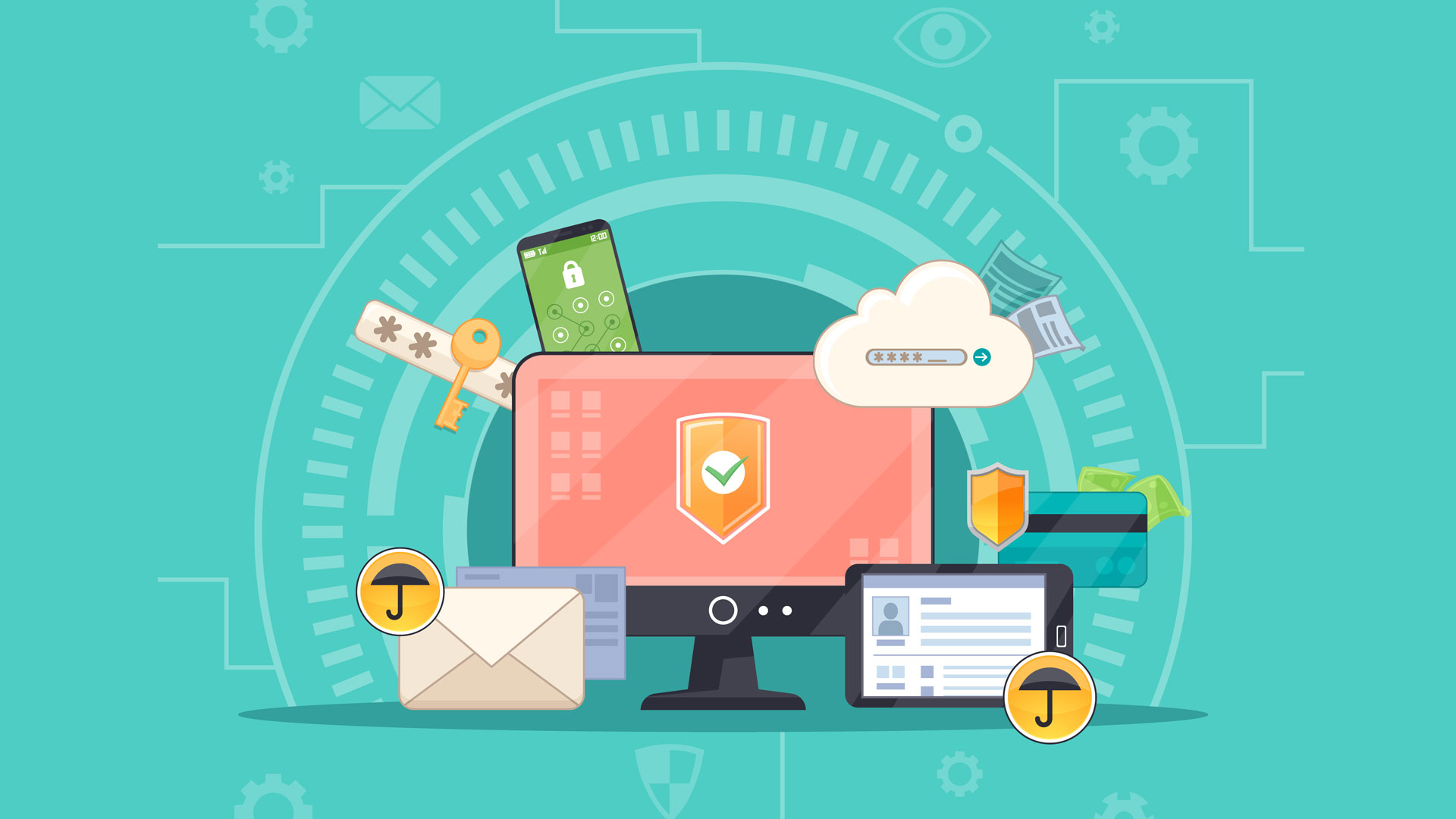The cloud has become the go-to choice for enterprises seeking greater agility, flexibility, and scalability. However, as more businesses move to the cloud, concerns over cloud antivirus and data security for cloud encryption software continues to mount.
It’s no wonder that securing the cloud has become a top priority for enterprises. In fact. Security is their biggest challenge when it comes to the cloud.
Cloud Encryption Software
A cloud encryption software solution is a critical component of enterprise security strategy. When data is encrypted, it becomes unreadable and unusable to unauthorized users. The only way to access encrypted data is with a key or password.
There are many different types of cloud encryption software solutions available, each with its own set of features and capabilities. But not all solutions are created equal.
Fortunately, there are a number of cloud antivirus security best practices that enterprises can follow to help mitigate the risks associated with moving to the cloud.
Understand the shared responsibility model
The first step in securing your cloud infrastructure is to understand the shared responsibility model. This model outlines the responsibilities of both the cloud provider and the customer when it comes to security.
Under this cloud encryption software model, the cloud provider is responsible for the security of the cloud itself, while the customer is responsible for the security of their data and applications.
User Experiences
Next, it’s important to focus on the user experience of the cloud encryption software. Creating a positive user experience is essential for any business, but it’s especially important to create cloud antivirus in the cloud.
The reason is that users are often the weakest link in the security chain. If users have a poor experience with your security solution, they’re likely to find ways around it, which puts your data at risk.
Identity and Access Management
Identity and access management (IAM) is a critical security control for enterprises using the cloud. IAM allows you to control who has access to your data and what they can do with it. The goal is to ensure that only authorized users have access to the data and that they can only perform cloud encryption software actions that you’ve explicitly allowed.
Data Protection
Data protection is another key security consideration for enterprises using the cloud. There are a number of different ways to protect data in the cloud, but encryption is one of the most effective. It’s important to choose an encryption solution that meets your specific security needs.
Security Monitoring
Security monitoring is essential for any organization, but it’s especially important in the cloud. That’s because monitoring can help you detect and respond to security threats in real time.
Incident Response
Incident response is a critical part of any security strategy, but it’s especially important in the cloud. That’s because the cloud can create new challenges when it comes to responding to incidents.
For example, data in the cloud is often spread across multiple locations, which can make it difficult to determine the source of an incident. Additionally, the cloud can make it difficult to contain an incident and prevent it from spreading.
As a result, it’s important to have a well-defined incident response plan that takes these challenges into account.
Also Read, Cloud Encryption Software Solutions Give You the Best of Both Worlds
Bottom Line
There are a number of security best practices that enterprises can follow to help choose cloud encryption software and mitigate the risks associated with moving to the cloud. Understanding the shared responsibility model, focusing on the user experience, and implementing security controls like encryption and incident response are all essential for securing your data in the cloud.

